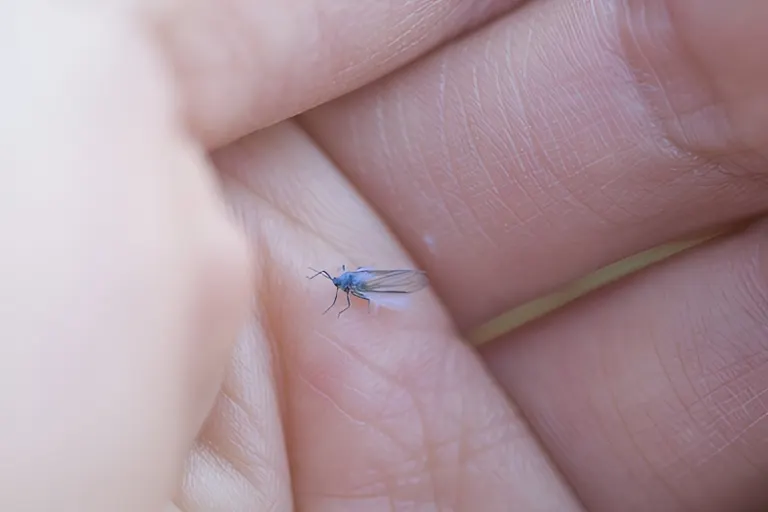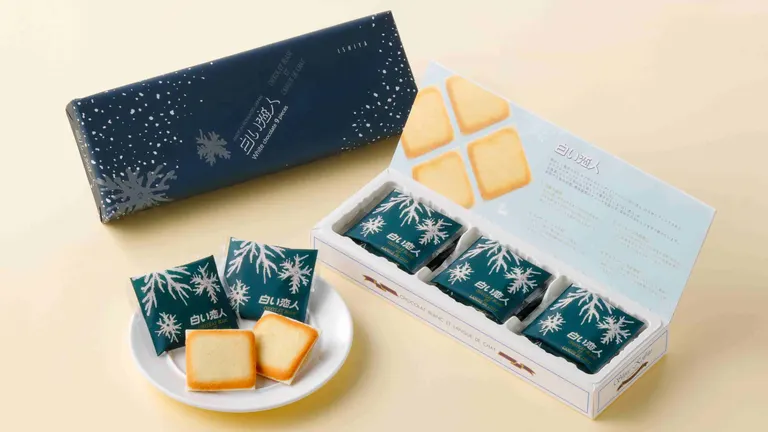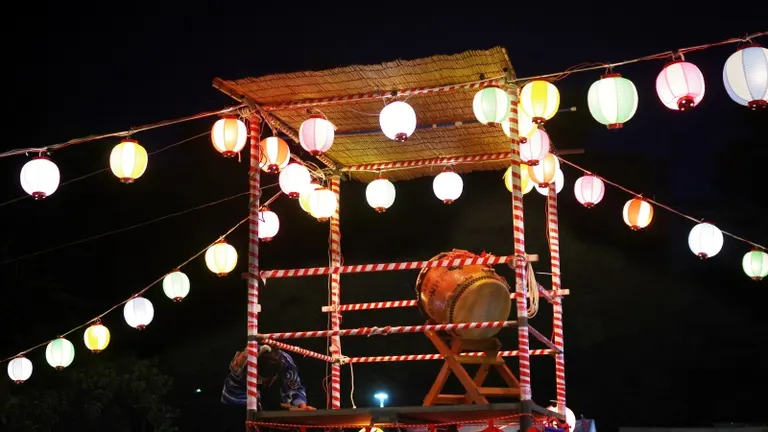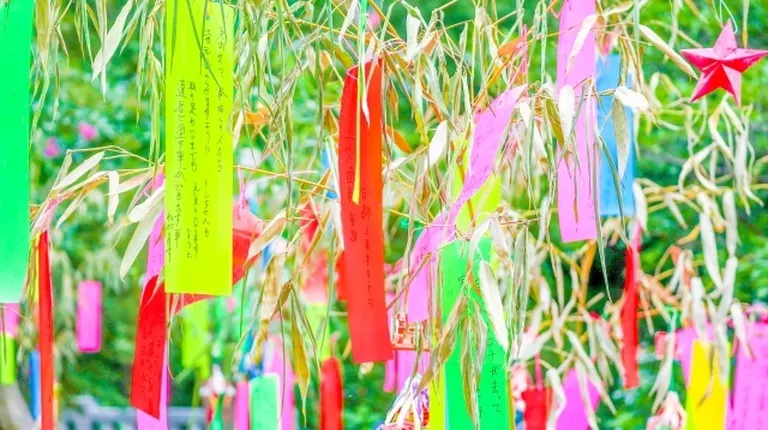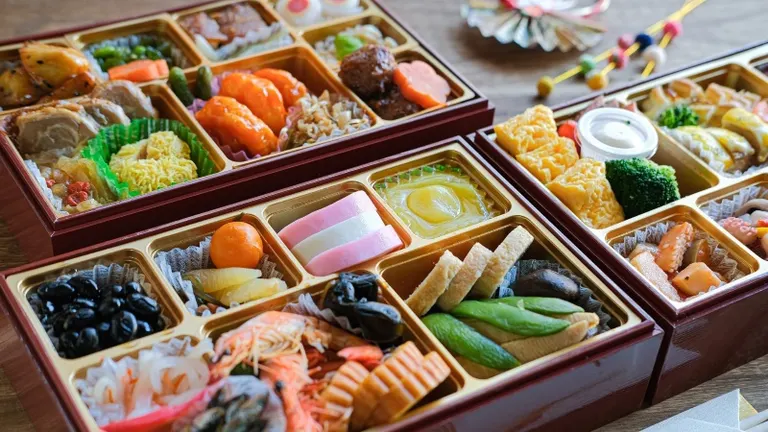
ARTICLES
Do you eat Hokkaido's osechi on New Year's Eve?! The unusual Hokkaido osechi culture and 8 classic osechi dishes
Osechi is a dish that celebrates seasonal turning points and is an offering to the gods. Hokkaido is known as a region with distinctive osechi dishes, but the timing of when people start eating osechi is quite different. In this article, we will introduce how people in Hokkaido spend their New Year's holidays eating, titled "The Osechi Situation in Hokkaido!"
In Hokkaido, osechi is eaten on the night of New Year's Eve! Why?
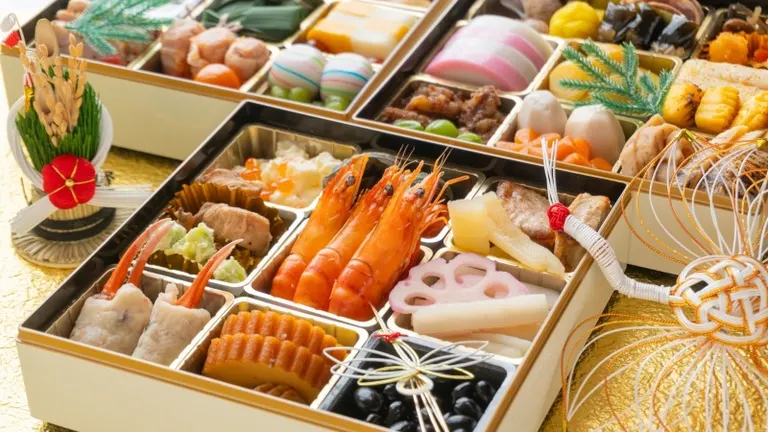
It is common to eat osechi cuisine on the morning of New Year's Day. However, in Hokkaido, there is a custom of eating osechi cuisine on New Year's Eve. This is said to be because the custom of "Toshikori-zen" (a traditional meal for celebrating New Year's Eve) remains strong in Hokkaido.
Toshitori-zen is a lunar custom in which people express their gratitude to the gods at the beginning of the year and celebrate until the early hours of the following morning by eating the same food that was offered to them as offerings to welcome the new gods. In the lunar calendar, the first day began at sunset, so in Hokkaido, celebratory banquets are said to have begun on the night of the 31st.
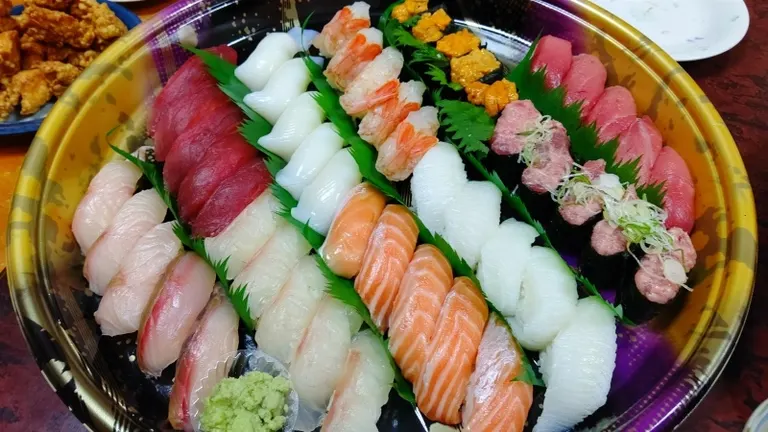
On New Year's Eve, the dinner table is lined with many of Hokkaido's representative delicacies, including osechi, sushi, crab, and hors d'oeuvres, and adults and children alike enjoy the time together.
So what are you doing on New Year's Day?
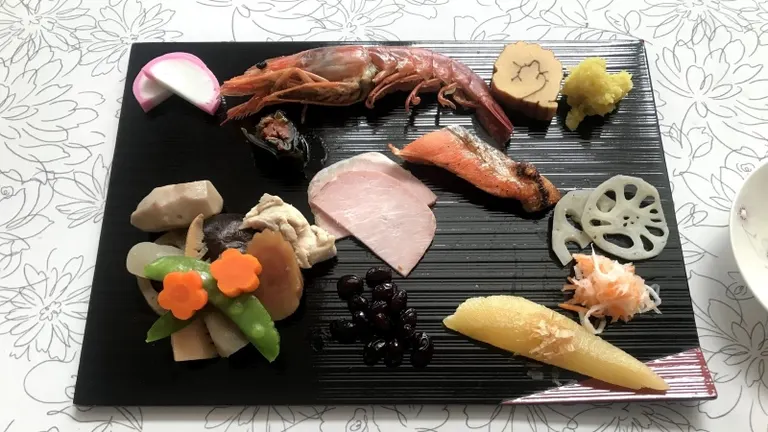
After the big New Year's Eve party that took place from New Year's Eve through the morning, New Year's Day is fairly quiet. It is common to see people re-filling the osechi boxes with ozoni and a rather extravagant breakfast.
The custom of eating Toshitori-zen is often focused on the lively New Year's Eve, but it is also a set that includes spending New Year's Day relaxing. In a sense, since New Year's Eve is a banquet, it may be appropriate to relax on New Year's Day. Of course, there is also the option of having another big banquet from noon on New Year's Day.
8 Popular Osechi Ingredients from Hokkaido
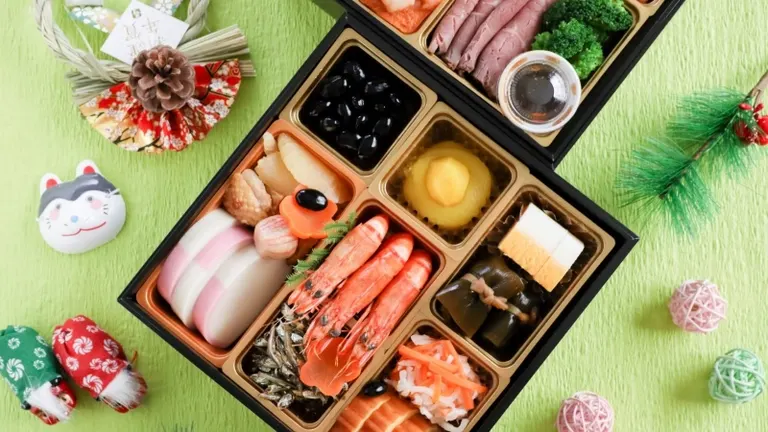
The osechi in Hokkaido is different from the solemn atmosphere of osechi. There are some unique features in the dishes. In this chapter, we will introduce the characteristics of osechi eaten in most parts of Hokkaido.
■ Pickled vegetables This pickled dish features beautiful colors of daikon and carrots. Its sweet and sour taste is addictive and is one of the representative dishes of osechi cuisine. In Hokkaido, some areas also include hizu, thinly sliced cartilage from the head of a raw salmon. Only a small amount of hizu can be taken from a single salmon, making this a precious dish with an addictive crunchy texture.
■ Sushi Sushi is an easy-to-eat yet luxurious food when family and relatives gather together. When my relatives gather at my grandmother's house, every year a huge plate of colorful sushi is served along with the New Year's dishes. One of the reasons sushi is served in Hokkaido is that it is easy to get fresh fish, which is unique to Hokkaido. A distinctive feature of Hokkaido sushi is that so much sushi is prepared that the whole family can eat to their heart's content.
■ Rice sushi Rice sushi, made by pickling cabbage, shredded ginger and fish in rice malt and letting it ferment, is a local dish that is available from around December. In coastal areas, many people pickle it at home, and the taste varies slightly depending on the household. Another feature is the wide variety of rice sushi itself, including sockeye salmon, sandfish, Atka mackerel, herring, and pacific saury.
■ Matsumae Pickles Matsumae pickles, which originated in the Matsumae Domain, are made using local ingredients. They are characterized by a soy sauce-based flavor, including gagome kelp, dried squid, and herring roe. As they contain many auspicious foods such as kelp and herring roe, they are a standard part of Hokkaido's New Year's cuisine.
■ Umani In Hokkaido, it is common to put umani in the simmered food area on the third tier of the bento box. In Honshu, this is where you'd put oshime and chikuzenni, but the ingredients themselves are almost the same. Umani is characterized by a slightly stronger sweet and spicy flavor, made with sugar, soy sauce, mirin, etc. In some cases, it also contains Hokkaido's unique naruto, making for a more visually appealing umani.
■ Mouthpiece It is a Japanese sweet made with white bean paste shaped into auspicious shapes such as sea bream or shrimp, and with an assortment of yokan and other sweets. Generally, kushitori includes chestnut kinton, datemaki, and konbumaki, but in Hokkaido, sweet Japanese sweets are called kuchitori. As the end of the year approaches, they can be seen in Japanese sweet shops, supermarkets, and convenience stores, and are considered sweets to be eaten before opening the osechi. There are ones that are just white bean paste, ones with bean paste inside, and high-grade fresh confections.
■ Konbumaki The konbumaki rolls served in Hokkaido's New Year's dishes are not just made with konbu, but are mostly made with ingredients inside, such as herring, salmon, cod roe, and shishamo fish. Konbumaki rolls wrapped around fish are now eaten all over Japan, but Hokkaido is unique in that there are so many varieties.
■ Chawanmushi Chawanmushi is often served as an accompaniment to osechi, but in Hokkaido, the filling and taste are slightly different. For example, candied chestnuts are used instead of ginkgo nuts, and lily root is also included. The lily root used in chawanmushi is in season from December onwards, and most of the lily root sold nationwide is from Hokkaido. For that reason, it seems to be used more often in chawanmushi. Another characteristic of chawanmushi is that it has a slightly sweeter taste.
Hokkaido's New Year's "Ozoni" tradition is unique
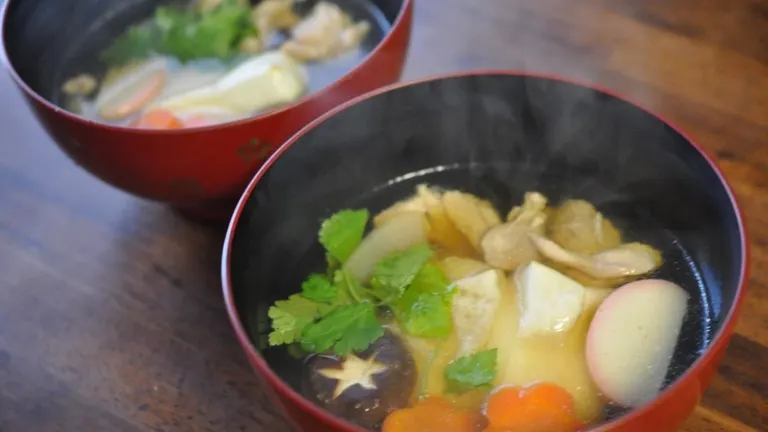
Along with osechi cuisine, ozōni is a dish that decorates the New Year's table. Hokkaido's osechi dishes often strongly reflect the environment of the prefecture, but in the case of ozōni, the taste and the mochi rice cakes used vary greatly depending on the origin. For example, not only can it be salty, soy sauce, or miso flavored, but there are countless varieties, including round mochi, square mochi, and sweet bean paste mochi.
This is because immigrants came from all over the country during the Meiji period, and ozoni from all over the country were gathered together, resulting in a situation where even neighboring houses had different ozoni. Furthermore, ozoni has been updated with the times. Nowadays, each household eats ozoni based on their own roots.
The fun begins in Hokkaido during New Year's Eve!
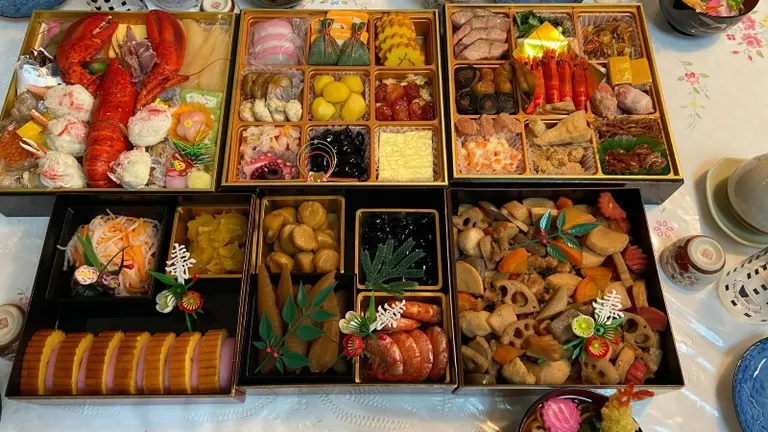
We learned that the reason why people in Hokkaido start eating osechi on New Year's Eve is not because they opened the dishes early, but that it has its roots in the lunar calendar's toshitori-meal. It is also quite moving to think that the various osechi dishes that were born out of the Hokkaido environment were also created by blending together the unique cultures of each region. Let's celebrate the New Year with all our might starting from New Year's Eve this year too!
Writer Profile
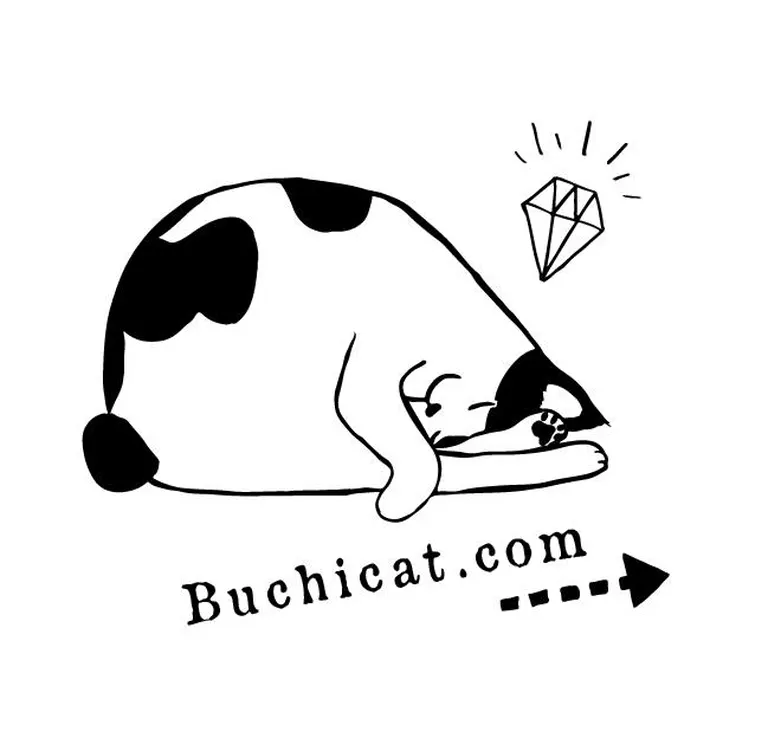 Hokkaido Tourism Camera Writer
Team BuchiNeko
Hokkaido Tourism Camera Writer
Team BuchiNeko
Team Buchi Neko has many connections to Hokkaido's tourist spots and facilities. There are many wonderful resources in Hokkaido that we take for granted when we live there. We will spread the word about the charms of this wonderful place.







